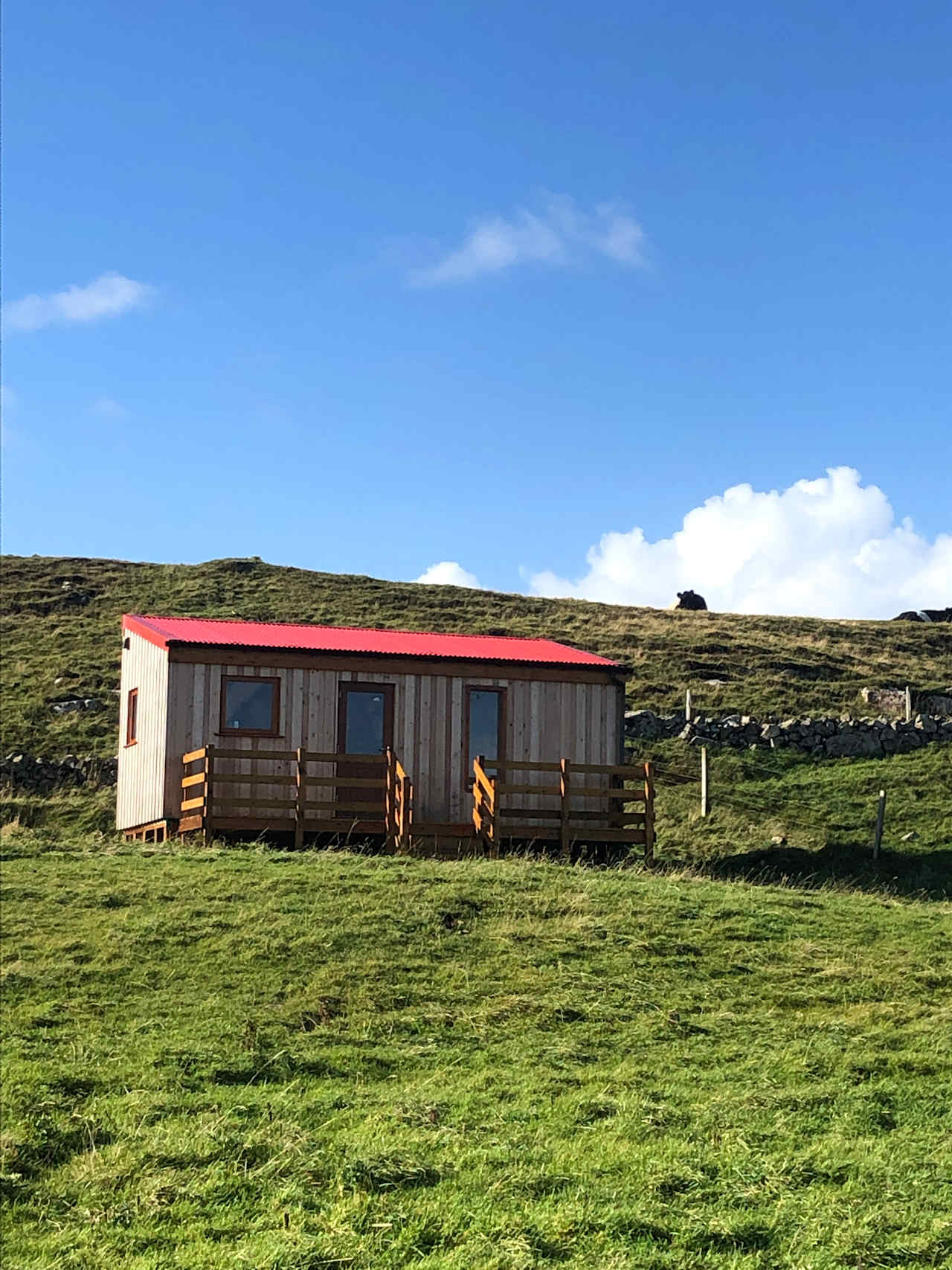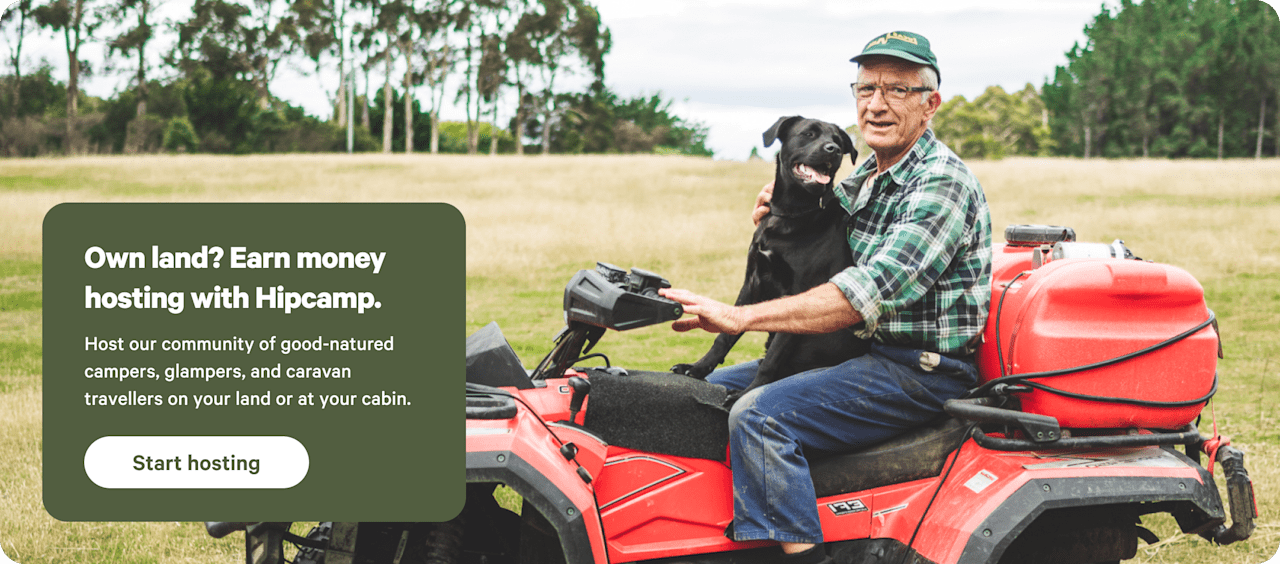Coastal cabins in South Uist
Pristine beaches, tall mountains and remarkable archaeology makes South Uist a fascinating destination.
- South Uist
Popular camping styles for South Uist


Coastal cabins in South Uist guide
Overview
With towering mountains in the east and a nearly unbroken string of dune-backed and wildflower-carpeted beaches in the west, the island of South Uist encompasses the best of Outer Hebridean scenery. The island has a strong, Gaelic-speaking community with a robust tradition of hospitality. The possibilities for outdoor adventure are endless, from hillwalking and birdwatching to sightseeing boat trips and walking the long-distance Hebridean Way. For enjoying the island at its finest, visiting between May and October is recommended; outside this period you’ll likely find businesses closed and disruption to travel due to poor weather. While campgrounds are limited, they are well-placed for exploring South Uist.
Where to go
Lochboisdale
Ferries from Mallaig and Oban on the Scottish mainland arrive in Lochboisdale, the island’s main settlement. This is also the departure point for many tours, such as wildlife-watching boat trips, as well as fishing charters and archaeology focused tours. Eight miles (13 kilometres) south of the village, Kilbride Campsite has pitches for tourers and tents and makes for a handy nearby base—it’s also close to the causeway that connects South Uist with Eriskay.
North Glendale
On the rugged, southeastern shore of South Uist, the historic village of North Glendale offers easy access to the sandy beaches and wildflower-covered machair of the eastern coast. It’s also a good place for spotting wildlife, from otters and seals to hen harriers, eagles and snowy owls. Here, the Gleanndal Campsite (part of the Gleanndal Hostel) has level pitches for tents and small campervans.
Locheynort
Centrally located in the heart of South Uist, Locheynort offers easy access to the island’s highlights. From here you can head out along the coastal path to spot otters and sea eagles. A more challenging option is hiking up to the summit of Beinn Mhòr, which, at 620 metres (2,000 feet), is the highest point on the island.
Loch Skipport
Further north, Loch Skipport is famed for its friendly wild ponies, which you are likely to see wandering around. It is also known for its association with Bonnie Prince Charlie, which you can explore on a Bonnie Prince Charlie-themed boat trip, which visits several places associated with the Prince. Loch Skipport also provides a starting point for climbing Hecla, the island’s second-highest mountain.
West Coast
The west side of the island is known for its archaeological finds: chambered tombs and two mummies are among the relics discovered here. You can see the ancient roundhouses of Cladh Hallan, which date back to the Bronze Age. Further north, at Howmore, you can see a collection of thatched cottage and the ruins of a 13th-century chapel.
















